Workshops
Journey through the rich pleasures and risks that defined 1930s Hollywood before censorship changed the game.
There are no available registration dates at this time.
Note: This workshop will be held in a live, online format utilizing the Zoom platform.
Class meets Tuesdays, Sep 12-Oct 31 from 8-9:45pm ET.
The 1930s were a dazzling, turbulent, and formative period in Hollywood, and the films of the era are a treasure-trove of classics and unsung gems. From the rawness of the pre-Code era to the high glamour of the studio system, Hollywood absorbed and reshaped the dreams, desires, and terrors of a public flocking to movie theaters in astonishing numbers.
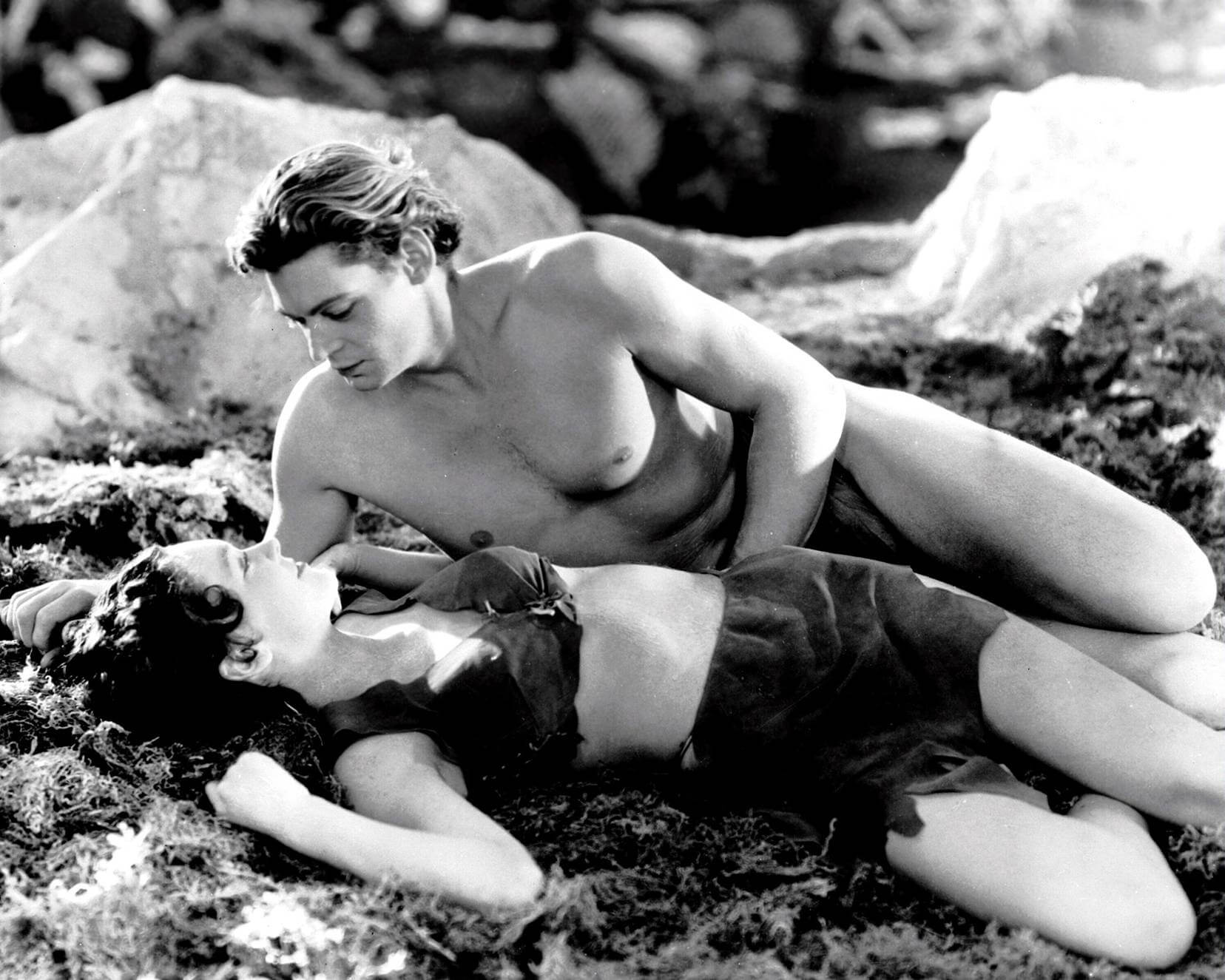
What did they see? A cocktail of sex, smart talk, fantasy, and shocking realism, shaken up by bombshells, tough guys, hoofers, and clowns. The decade saw the maturing and definition of movie genres: crime, action, melodrama, monsters, comedy both sophisticated and screwball, musicals, serials, and the “woman’s film.”
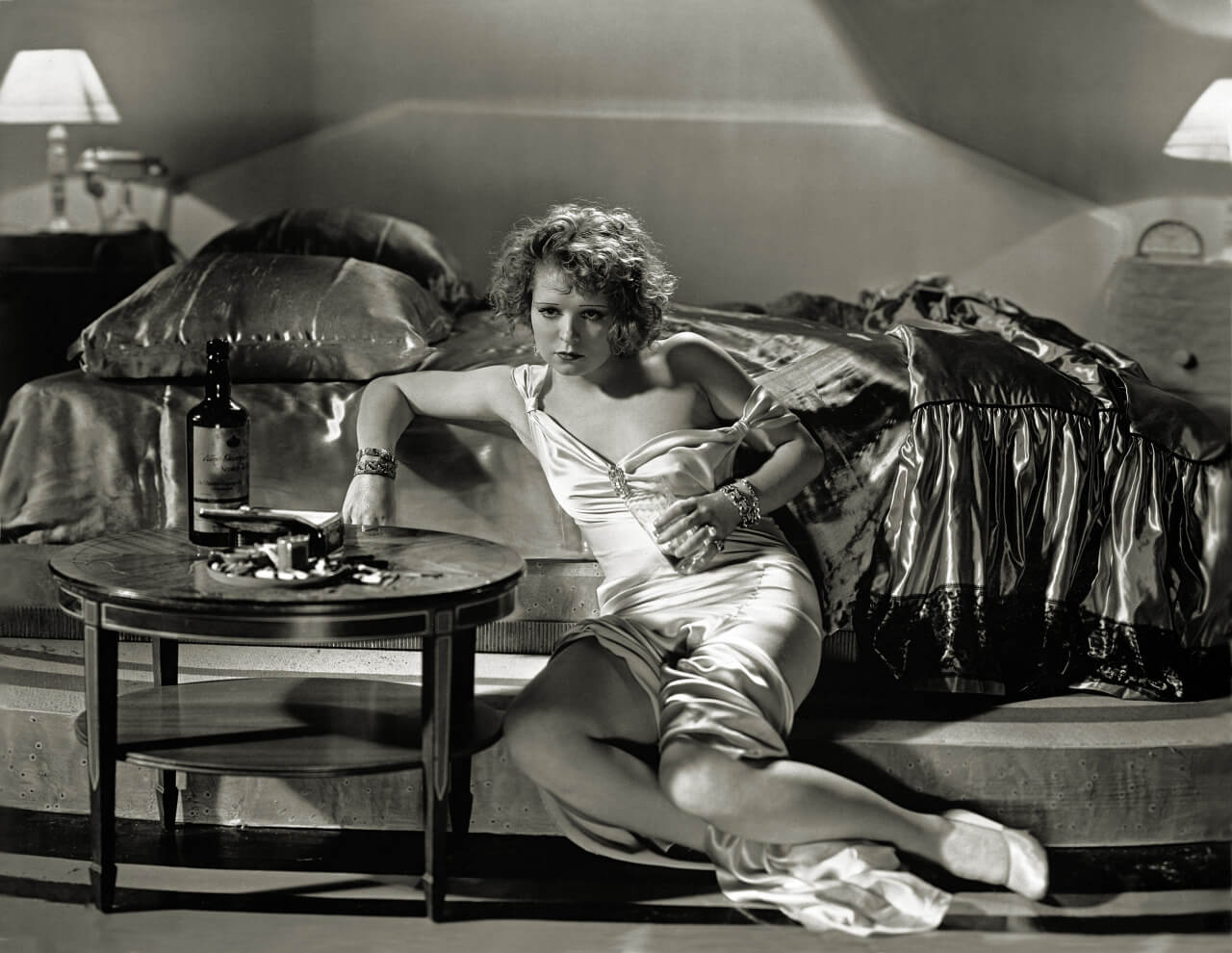
Join film historian and critic Imogen Sara Smith for this fascinating journey into one of Hollywood’s most extraordinary decades. In addition to being a regular speaker on The Criterion Channel, and on disc commentaries for Criterion and other labels, Imogen is the author of two books on film and has published many articles and essays in leading film publications.
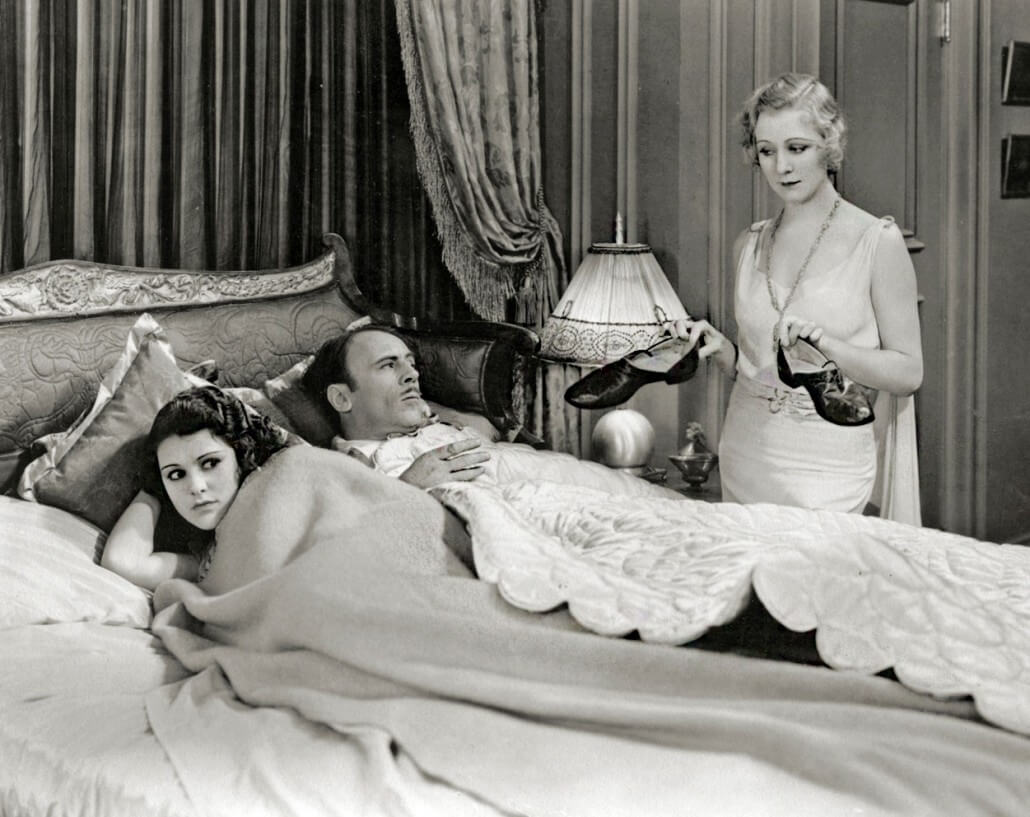
This survey of Hollywood in the thirties will be offered in two parts that can be taken individually or in a sequence. In them, we will explore the innovations and developments that shaped and continue to shape popular movie-making in Hollywood and beyond.
Part One, The Wicked Screen: Pre-Code Hollywood 1930-1934, will focus on the first half of the decade, leading up to the 1934 censorship crackdown; Part Two, The Dream Kingdom: Hollywood 1934-1939 (January 16-March 5, 2024), will look at the full flowering of the classical Hollywood style: the functioning of the studios, the star system, the work of designers and cinematographers, the rise of writer-directors, the contributions of women on screen and behind the scenes, the influence of European émigré directors and the avant-garde, and the peaking of the classical era in 1939, often labeled “Hollywood’s greatest year.”
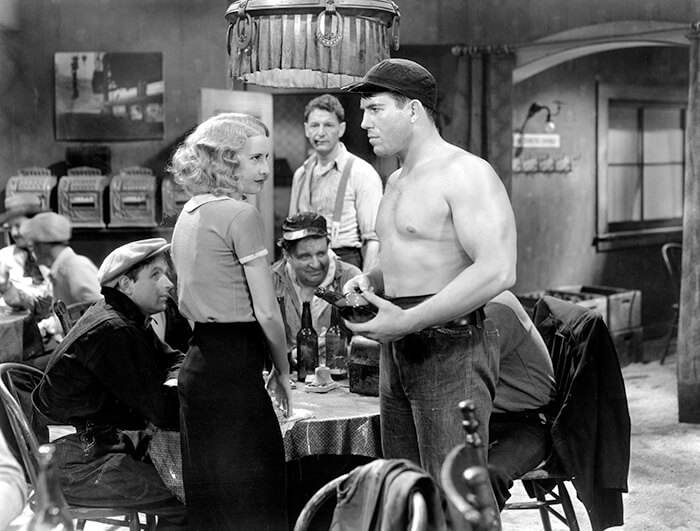
The decade began with the transition from silent to sound cinema, as the industry adapted to radical change and filmmakers invented a new art form on the fly: the talkies. Overcoming the initial challenges and limitations of sound recording technology and the rapidly shifting expectation of audiences, directors like Rouben Mamoulian pioneered naturalistic and expressive sound, while finding ways to retain the kinetic and visual excitement of silent movies. The revolution created opportunities for stage actors, playwrights, singers, songwriters, and vaudeville comedians—a host of inimitable voices including the Marx Brothers, W.C. Fields, and Mae West, who brought anarchic, free-wheeling, and risque comic spirit to the movies. In fact, West’s outrageous persona would make her the highest-paid woman in America and save her studio from bankruptcy. From the New York stage came a fresh generation of stars, including James Cagney, Barbara Stanwyck, Edward G. Robinson, Humphrey Bogart, and Claudette Colbert.
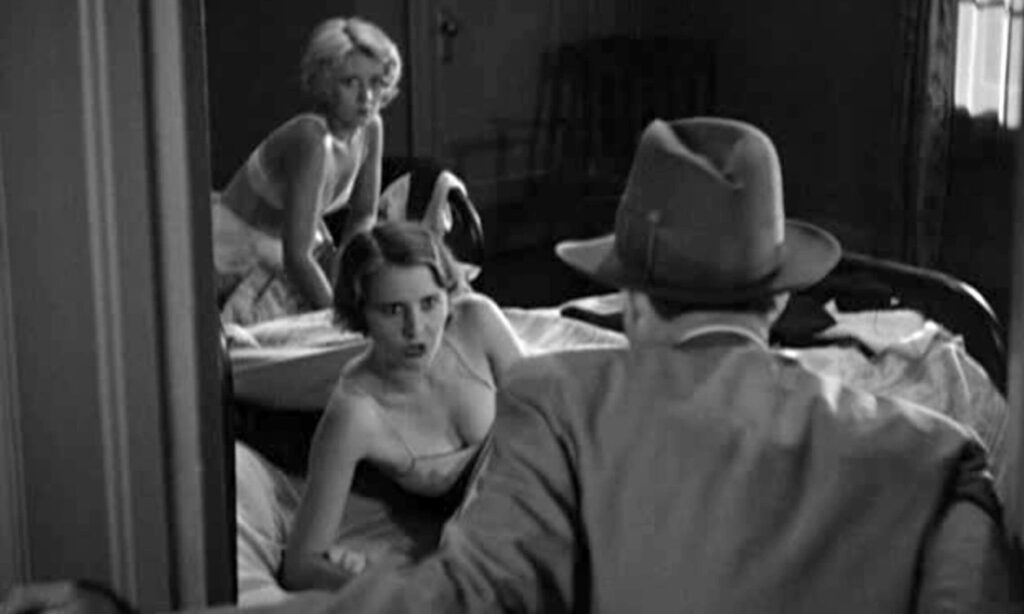
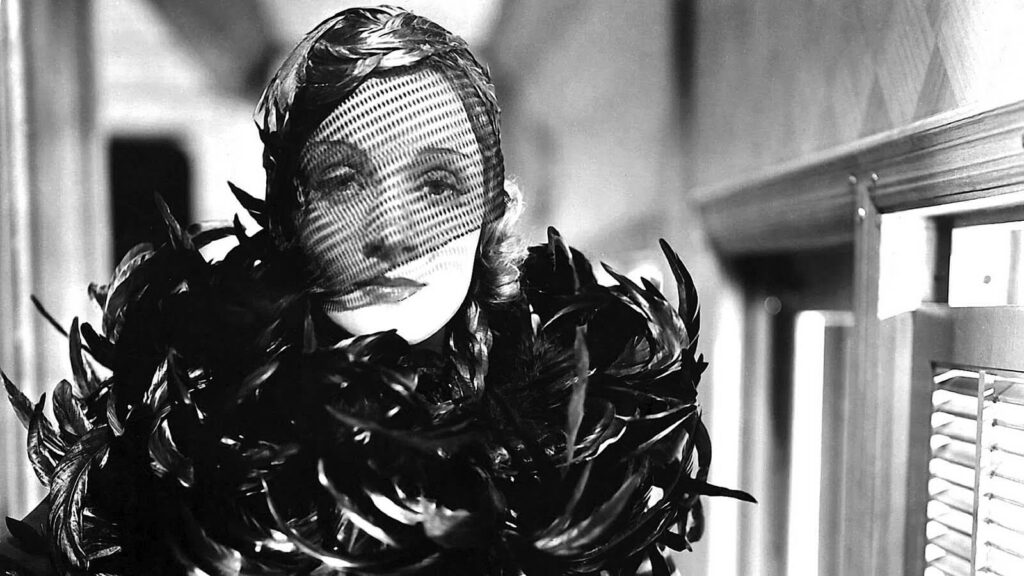
The stock market crash of 1929 ushered in an age of bitter disillusionment and radical questioning of the American system. During the depths of the Great Depression, Hollywood took advantage of weak enforcement of censorship to make films that pushed the limits, not only in their sexiness and violence, but in their searing depictions of economic injustice and corruption, and their matter-of-fact representation of America’s diversity. Such realism and adult treatment of social problems would vanish with the Production Code crackdown of 1934, but the Code era would give rise to new forms like screwball comedy that found ways to work around puritanical restrictions.
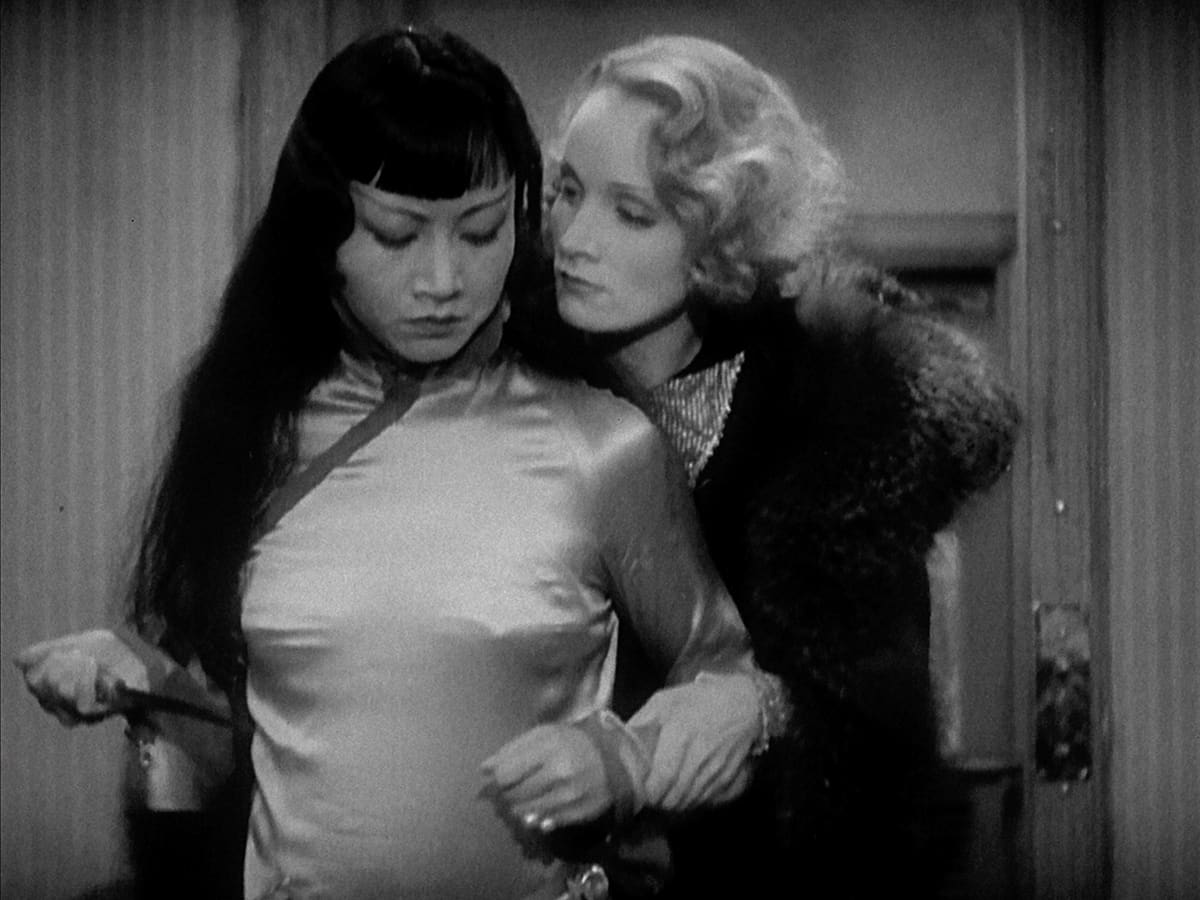
Ernst Lubitsch established the spirit and tone of 1930s Hollywood romantic comedy with sophistication, irreverence, innuendo, and stylistic panache. Auteurs James Whale and Tod Browning drew on traditions of German expressionism and gothic literature, personal obsessions, and the homegrown darkness of carnivals to create iconic horror films, while Universal Studios birthed the monster genre. Gangster films, capitalizing on the era’s fascination with Prohibition-era bootleggers and bank robbers, laid the groundwork for film noir and modern crime thrillers. Musicals blossomed through the very different visions of Busby Berkeley, Lubitsch operettas, and Fred Astaire, while conventions of musical scoring were rapidly developed.
Come discover 1930s Hollywood: sophisticated and rowdy, glamorous and raw, classic and unexpected!
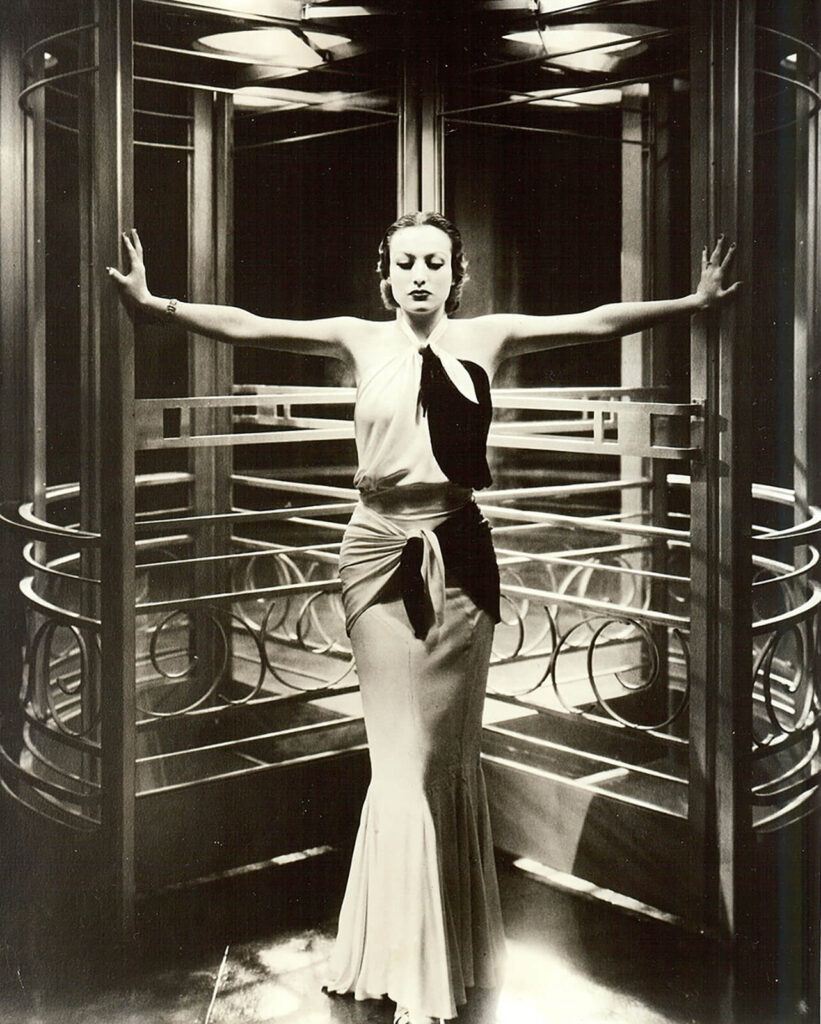
Course requirements:
Note: Participants will watch films through streaming platforms, read key texts, and join a virtual classroom for live lectures and group discussions. Students should expect expenses of approximately $50 to stream assigned films.
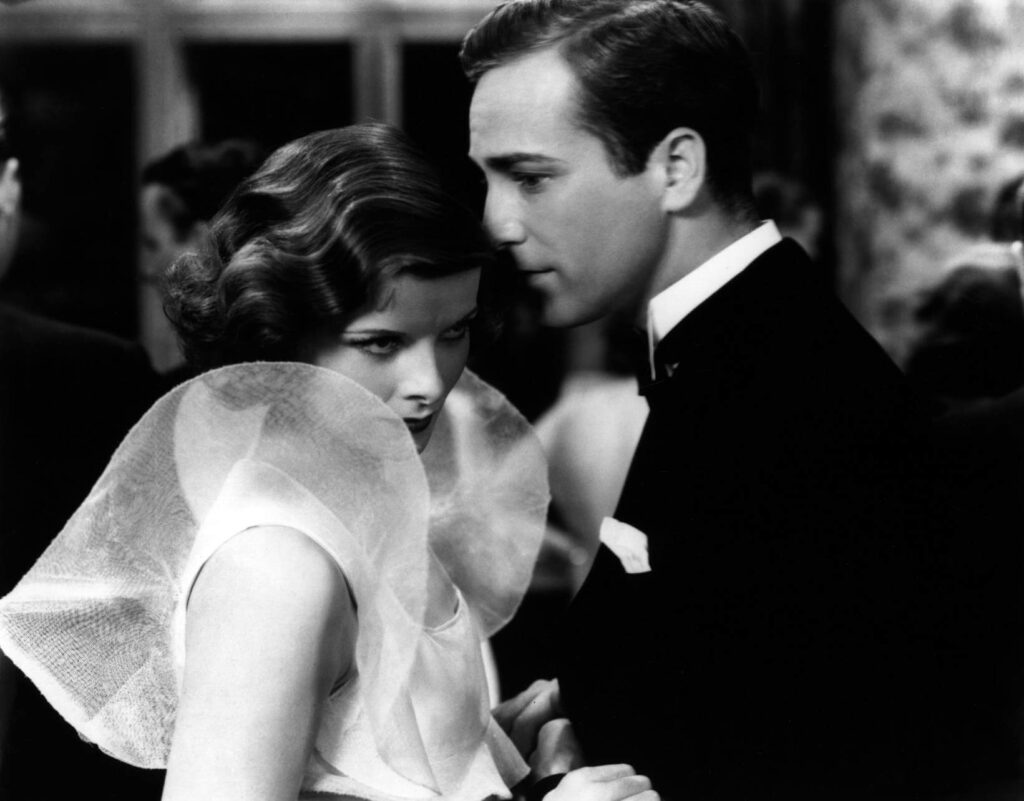
Share This
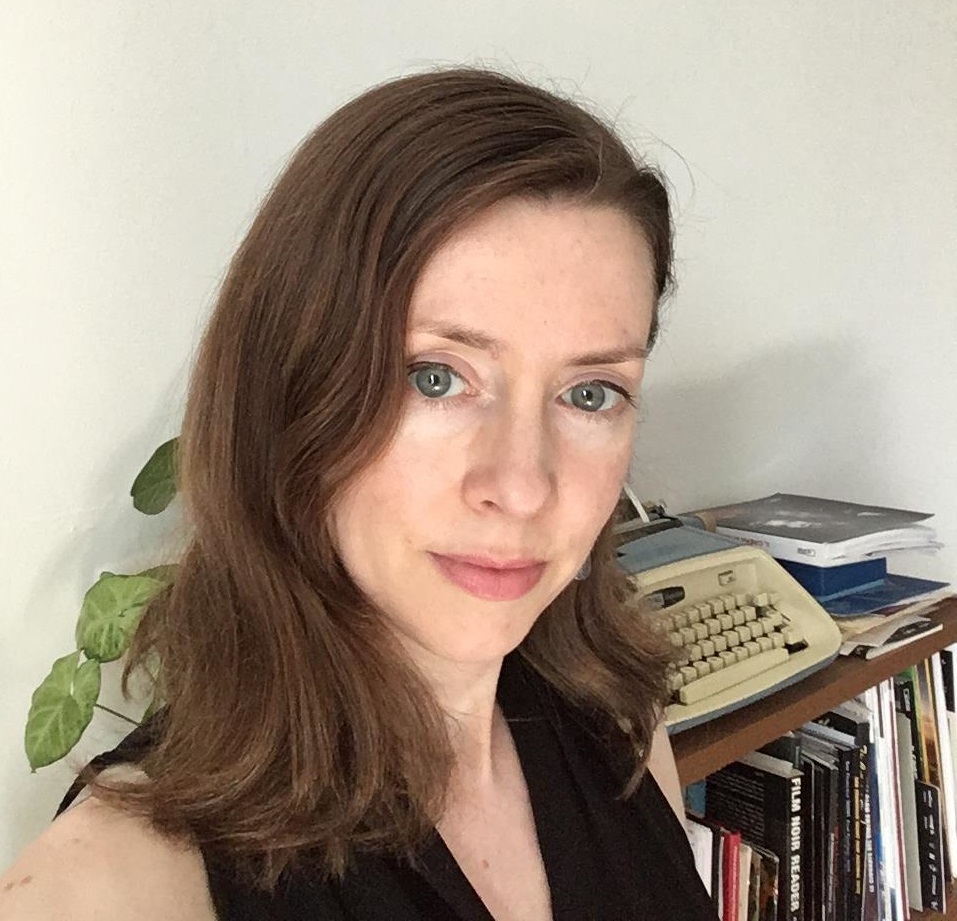
Instructor: Imogen Sara Smith
Imogen Sara Smith is a film critic and historian based in New York City. She is the author of two books, In Lonely Places: Film Noir Beyond the City and Buster Keaton: The Persistence of Comedy, and her work has appeared in Film Comment, Sight & Sound, Cineaste, Reverse Shot, The Criterion Collection, and many other venues. She is a regular speaker on The Criterion Channel, on disc releases from Criterion, Kino Lorber, and other distributors, and at national and international film festivals. She has taught courses on film noir at the School of Visual Arts in New York.

